News
Healthy additive? Xanthan gum may lower blood sugar levels
27 Jan 2023
A xanthan gum-based food additive can decrease blood sugar levels after a meal – and may represent a low-cost method for food brands to improve metabolic health through their products, scientists suggest.
Writing in the Journal of Functional Foods, Japanese scientists detail how the thickener is able to increase expression of the Glp1 and Glp1r genes involved in blood glucose level control.
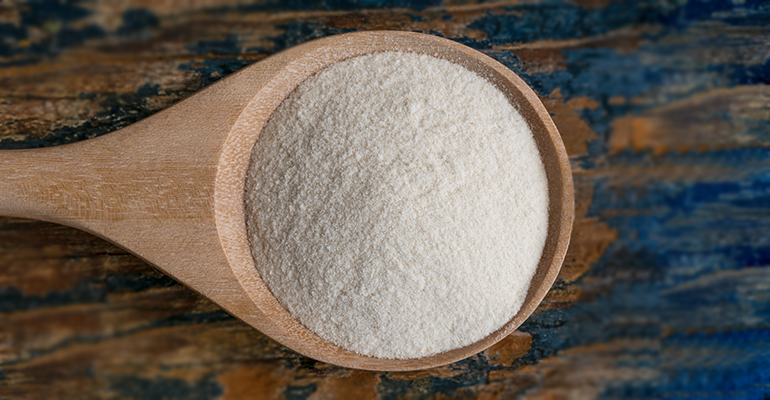
Other findings include positive alterations to the gut microbiome with the thickener thought responsible for an increase in the Erysipelotrichales and Christensenellaceae gut bacteria populations linked to Glp1 and Glp1r expression.
“This is the first study to show the suppressive effect of fluid thickeners on postprandial blood glucose with evaluating comprehensive gene expression in the ileum and gut microbiome,” the team wrote.
“In addition, xanthan gum-based fluid thickeners may ameliorate glucose/lipid metabolism.
“Further studies are required to clarify the clinical effects and identify the bioactive components in xanthan gum-based fluid thickeners.”
The findings – based on this study on rats – could add to a variety of foods said to be effective in controlling postprandial blood glucose level. These include vinegar and extra virgin olive oil.
Xanthan gum-based fluid thickeners are primarily used in medical food applications, for example in helping to manage dysphagia (difficulty in swallowing) by increasing the viscosity of fluids. The soluble fibre dissolves and hydrates very rapidly, producing high viscous mixtures in low concentrations.
Six-week-old rats used to assess xanthan gum’s properties
The Tokyo Medical and Dental University (TMDU) team began by dividing six-week-old rats into two groups. One received 4 millilitres (ml) of xanthan gum-based fluid thickener (Th group) while the other received 4ml of saline solution (Co group) for five weeks 30 min before glucose administration.
An oral glucose tolerance test (OGTT) was then performed 4 weeks after the beginning of the experiment.
Glucose (2 grams per kilogram (g/kg)) was then administered orally, and blood glucose levels were measured at 30 min before and 0, 30, 60, 90, and 120 min after glucose administration.
The team noted that blood glucose levels at 60 and 90 minutes after glucose administration substantially decreased in the Th group.
Glp1 and Glp1r expression in the ileum was significantly upregulated after continuous administration of thickener.
Further analysis revealed that cholesterol balance, fatty acid metabolism, and glycolysis gene sets were enriched in the ileum of Th group.
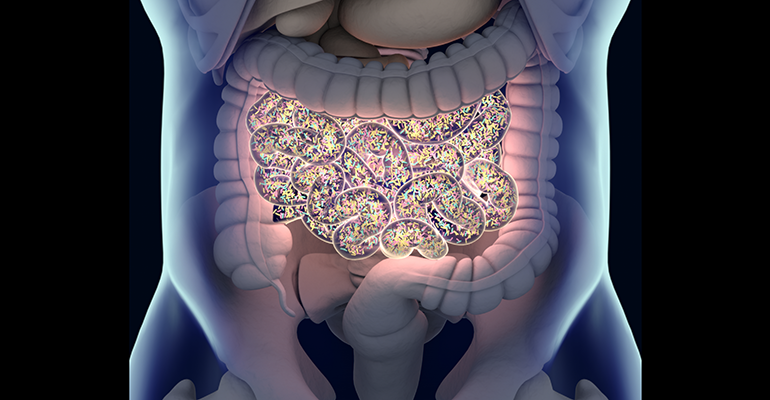 © iStock/ChrisChrisW
© iStock/ChrisChrisW
Microbial composition in the gut was also altered after administrating the fluid thickener, with relative abundance of Erysipelotrichales and Christensenellaceae showed positive correlations with Glp1 and Glp1r expression in the ileum.
Food as medicine
Jerusalem artichoke, whey protein, yoghurt, nuts, and some oils also appear to suppress the increase in postprandial blood glucose.
Yoghurt contains calcium and vitamin D and a meta-analysis indicated that combined supplementation of these nutrients might be beneficial in optimizing glucose metabolism.
Pine nut oil also enhanced postprandial GLP-1 secretion and reduced appetite. The scientists commented: “Dietary therapy, including the consumption of medicinal food items, may help to reduce the prevalence of diabetes and its complications.”
Related news

Bone broth: From old-fashioned to en vogue
24 Nov 2025
OXO’s entry into bone broth has turned the spotlight on this small but high-performance category – and there is still scope for growth, especially in the area of GLP-1 support.
Read more
Matcha madness: Why green is this year’s hottest colour
19 Nov 2025
Five years ago, it was a struggle to find matcha outside of Japan. Now it seems to be popping up everywhere, from coffee shops to supermarket shelves.
Read more
How younger consumers are redefining ingredient choices and rejecting brand loyalty
18 Nov 2025
Gen Z and millennial consumers’ preferences for transparency, functionality, and purpose are “redefining the very nature of consumption itself”, says SPINS.
Read more
Hybrid formats and flexible positioning to disrupt category norms in 2026
17 Nov 2025
Trend forecasters expect food and drink to move more fluidly across occasions, functions, and formats as consumers seek versatility, novelty, and convenience.
Read more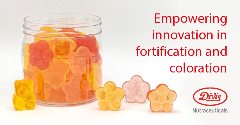
Empowering innovation in fortification and colouration
13 Nov 2025
Divi’s Nutraceuticals offers a large portfolio of innovative, high-quality ingredients for foods, beverages, and supplements, with bespoke solutions and expert support for product success.
Read more
Predictive maintenance redefines powder mixing reliability
13 Nov 2025
Mill Powder Tech's smart control systems harness real-time data to help the food and biotech sectors achieve zero downtime and smarter output, alongside rigorous GMP standards and ambitious ESG goals.
Read more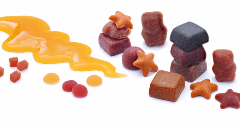
From fruit to functional solutions: Meet Paradise Fruits at Fi Europe in Paris
13 Nov 2025
Paradise Fruits Solutions and Paradise Fruits Health will showcase their combined expertise in delivering innovative, fruit-based solutions to the food and beverage industry at the upcoming Fi Europe trade show (2-4 December 2025, Paris).
Read more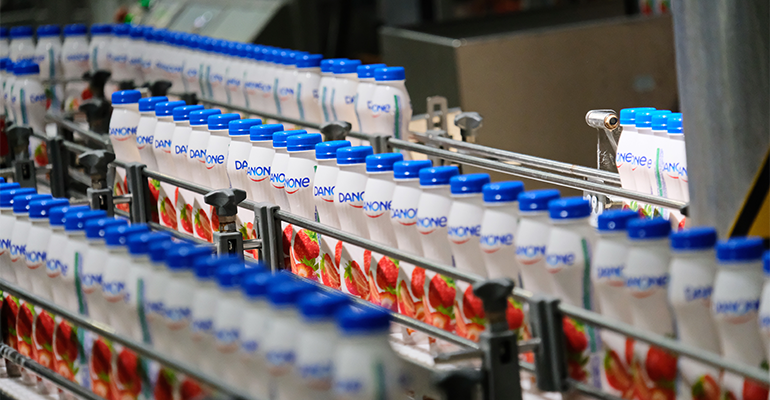
Danone highlights digestive health as potential ‘tipping point’ for food industry
13 Nov 2025
Danone is betting on a food industry “tipping point” that will bloat the market for healthy products, particularly those related to gut health.
Read more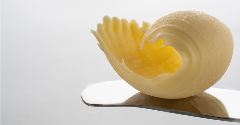
Bord Bia presents Irish dairy ingredient suppliers at Fi Europe
6 Nov 2025
Dairygold Co-operative Society, The Carbery Group, and Ornua Co-operative: Meet with sustainable producers of Irish dairy ingredients at Food ingredients Europe 2025, Hall 7.2 Stand M18.
Read more
Ingredient quantities mislabelled on popular protein bars, independent tests show
5 Nov 2025
Some popular protein bars contain more fat, carbs, and/or sugars than claimed on their labels, independent nutrition testing reveals.
Read more